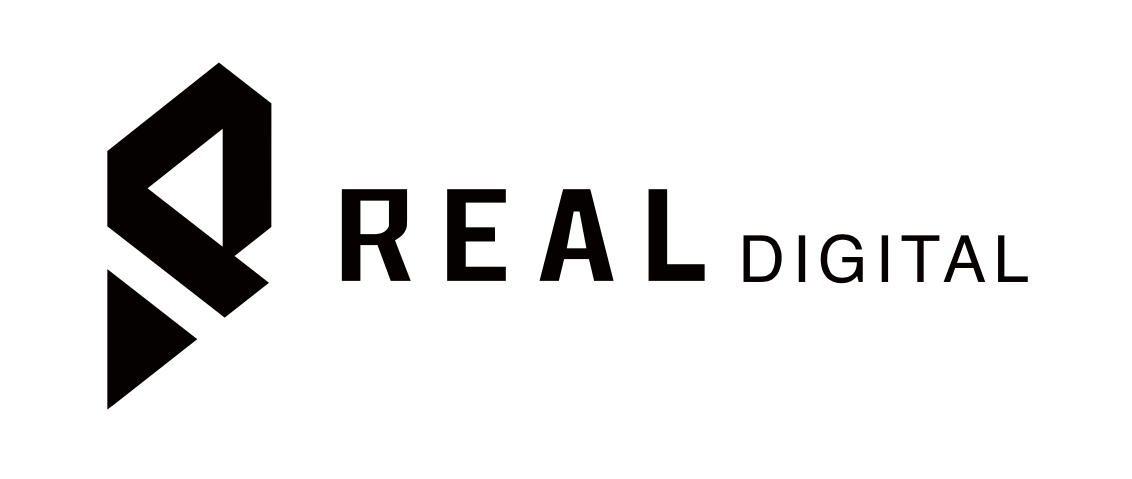WHY IS A TRADEMARK IMPORTANT?
Introduction
In today’s competitive marketplace, establishing a solid brand identity is crucial for any business aiming for long-term success. One of the critical components of this identity is a trademark, a powerful tool for protecting your brand’s reputation and distinguishing your products or services from competitors. A trademark helps secure legal rights over your brand elements, such as logos and slogans and fosters customer loyalty and trust. As businesses navigate an increasingly global landscape, understanding the importance of trademarks is essential for safeguarding intellectual property and ensuring sustainable growth. This blog will explore trademarks’ vital role in business strategy, their legal implications, and how they contribute to building a reputable brand.
Trademarked Words vs. Imagery
Trademarks can be categorized as either word marks or logos/images, and they may also exist as combined trademarks that incorporate both elements. A common misconception among business owners is that registering a combined trademark is a cost-effective way to protect their brands. However, this approach can lead to complications and limit the trademark protection available.
Logo trademarks must be used exactly as registered, meaning the visual design cannot be altered. In contrast, a standard word mark can be utilized in various fonts or styles, even as part of a logo, as long as the design doesn’t interfere with the word itself. This flexibility is not available for combined trademarks, which cannot be used independently in their word or image form. Thus, businesses should register their word marks separately from their logos and combined trademarks whenever possible.
This is the example of our company’s trademark:
1. The standard word mark: REAL DIGITAL
2. The stylized word mark :

3. The image-only logo mark:

4. The combination word and image logo mark:

Why is a trademark important?
A trademark is crucial for several reasons:
- Brand Identity: Trademarks help establish a unique identity for your products or services, differentiating them from competitors. This recognition fosters brand loyalty among consumers.
- Legal Protection: Registering a trademark protects against unauthorized use by others. It allows you to take legal action if someone infringes on your brand, safeguarding your business interests.
- Market Value: A strong trademark can increase your business’s overall value. It can also be a valuable asset in case of a sale, merger, or investment, as it represents a recognizable brand with established goodwill.
- Consumer Trust: Trademarks contribute to consumer confidence. Customers who see a familiar trademark are more likely to trust the quality and consistency of the associated product or service.
- Global Reach: If you expand internationally, a registered trademark can facilitate more accessible entry into foreign markets. It provides protection and helps build your brand in new regions.
Overall, trademarks are essential for protecting your brand, fostering customer loyalty, and enhancing your business’s value in the marketplace.
Can You Buy Someone Else’s Trademark?
Yes, purchasing someone else’s trademark is possible, but the process is far from straightforward. Trademarks only gain legal validity when actively used in commerce, meaning they must be affixed to products or services sold or advertised. This ensures the trademark is associated with actual goods or services, making it recognizable in the marketplace. When an individual acquires an existing trademark, this transaction is termed “trademark assignment.” While recording these assignments in the United States or Canada is not mandatory, establishing clear ownership and protecting rights is highly advisable.
Understanding Trademark Assignment
Trademark assignment differs from licensing. A trademark license allows a third party to use the trademark for a limited duration, typically in exchange for a royalty fee. In contrast, trademark assignment involves a complete rights transfer from the seller to the buyer. When buying a trademark, the purchaser often must acquire all associated business assets, product lines, and goodwill, as trademarks are intrinsically linked to the reputation and value of the business.
Pros and Cons of Buying a Trademark
| PROS | CONS |
| Established Brand Recognition: Acquiring a trademark often comes with an existing customer base and brand awareness, which can lead to immediate trust and recognition in the market. | Inheriting Negative Associations: If the previous owner had a good reputation or negative publicity associated with the trademark, the buyer may need help in overcoming this perception. |
| Market Advantage: A trademarked brand can offer a competitive edge by differentiating products from competitors, potentially increasing sales and market share. | Liabilities and Risks: Purchasing a trademark may come with hidden liabilities, such as ongoing lawsuits or disputes, which can incur additional costs and complications. |
| Legal Protection: Owning a trademark provides legal rights and protections against unauthorized use by others, helping to safeguard the brand’s identity and reputation. | Maintenance Requirements: Trademark owners are required to use and defend their trademarks actively. Failure to do so may result in loss of rights or validity. |
| Potential for Increased Value: A strong trademark can enhance a business’s overall value, making it more attractive to future investors or buyers. | Cost Implications: Purchasing a trademark can be expensive, and ongoing costs for renewal, enforcement, and potential legal issues can add up over time. |
| Limited Scope: If the trademark is tied to specific goods or services, expanding its use to different products may not be legally viable, limiting the buyer’s flexibility. |
How to Purchase an Existing Trademark
It is possible to buy a trademark without acquiring the associated goodwill; however, this is known as a “naked assignment” and is generally considered invalid since trademarks require goodwill for their validity. A registered trademark or trademark application can be sold separately or along with the business’s goodwill, such as when a division of a larger company is sold. Buyers must ensure that the trademark’s distinctiveness remains intact and that all related trademarks of the parent company are included in the sale if necessary.
When acquiring a registered trademark, it’s crucial to continue using it for the products specified in the trademark certificate. Using the trademark for entirely different goods can lead to confusion in the market, potentially rendering the trademark invalid. Furthermore, purchasing a trademark from an owner who has rebranded, ceased its use, or closed down can be risky, as such trademarks may be at risk of cancellation due to non-use. While one can buy an active trademark that has been abandoned to mitigate potential confusion, this would only provide ownership of the registration certificate without the underlying value associated with active use.
Check out our article on the importance of Amazon Brand Registry! CLICK HERE
Do I need a trademark to sell on Amazon?
You don’t need a trademark to start selling on Amazon, but having one offers significant advantages. A trademark allows you to enroll in the Amazon Brand Registry, which provides benefits like enhanced brand protection, control over listings, and access to features like A+ Content and an Amazon Storefront. It also helps protect your brand from competitors copying your logo or name and improves credibility by differentiating your products. While not mandatory, a trademark can be valuable for growing and safeguarding your business on Amazon.
How do I add a trademark symbol to Amazon?
To add a trademark symbol (™ for unregistered trademarks or ® for registered trademarks) to your Amazon listings, simply type it into your product title, description, or bullet points when creating or editing a listing. You can insert these symbols using keyboard shortcuts: ALT + 0153 for ™ and ALT + 0174 for ® on Windows, or Option + 2 and Option + R on Mac. Ensure consistent usage across your listings and only use the ® symbol if your trademark is officially registered. Enrolling in Amazon Brand Registry can help reinforce your brand’s protection and recognition on the platform.
Can I get a brand registry on Amazon without a trademark?
No, you cannot enroll in Amazon Brand Registry without a registered trademark. To qualify, you need an active, officially registered trademark from the relevant government authority, such as the USPTO in the U.S. The trademark can be text-based or image-based with text. Once registered, you can apply for a Brand Registry, which provides benefits like enhanced brand protection, control over listings, A+ Content, and an Amazon Storefront. Without a trademark, you can still sell on Amazon but won’t have access to these exclusive Brand Registry features.
Book your Free Consultation with us, or get in touch here: [email protected]


